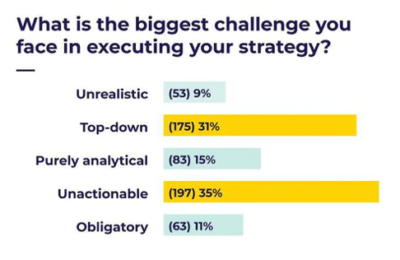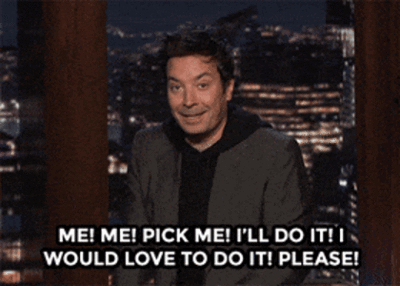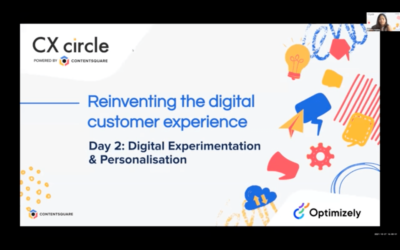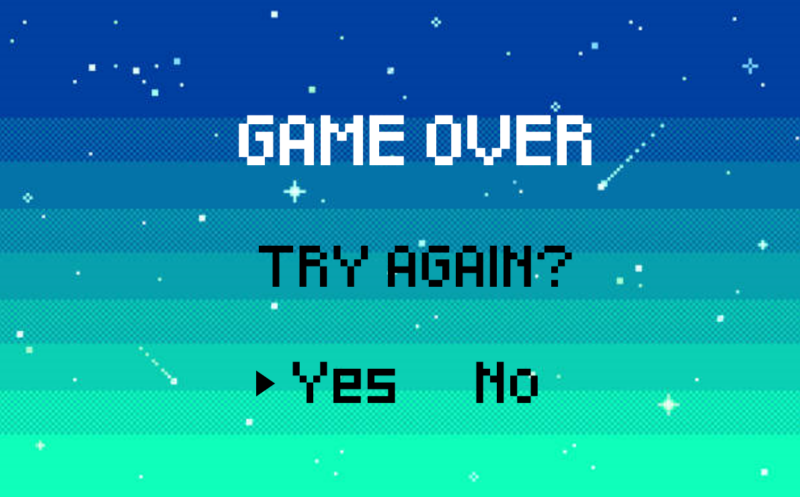Culture as way of life, and ideation as a way of working
Last month, my reflections on the value of embracing high ambiguity and uncertainty in search for innovative solutions took me to the subject of ideation and generating seemingly nonsensical propositions. While not claiming to be an ideation expert, I did not want to simply rehash common ideation techniques from design thinking and retelling the story of Red Bull, so eloquently narrated by Rory Sutherland, co-founder of Ogilvy Consulting, in his book Alchemy: The Surprising Power of Ideas that Don’t Make Sense.
Luckily, I happened to be writing a report for just the right client – the Helpmann Academy (more on them further). Fuelled by the insights from that project, I found myself asking more and more questions that have no simple answers. Thankfully, at Square Holes we have a weekly Show & Tell where I was able to dump them all on my unsuspecting colleagues in the hope of gaining clarity on my next article.
What is ideation?
Simply put, ideation is the formation of ideas or concepts (Oxford Languages Dictionary), but since around 2011, it has been most closely associated with one of the stages in the design thinking process, patented by David Kelly, the founder of the d.School at Stanford. A comprehensive list of the workshopping techniques that have sprung around it since can be found at interaction-design.org.
My current favourite definition comes from a less expected source – Clifton Strengths Assessment by Gallup Consulting:
Ideation – fascination with ideas and finding connections between seemingly disparate phenomena by looking at the world from different perspective.

Cara Macklin, creator of Northern Ireland’s 1st Lifestyle Care Home and former director of the multi-million-pound healthcare and hospitality group, The Macklin Care Group, seems to agree that ideation is both a process and a personal attribute (strength) that can be developed.
In the Women in Leadership podcast, Cara talks about taking stock of varied strengths of individual employees and creating an environment where everyone is encouraged to ‘flex their ideation muscle’ on a regular basis and not rely on ‘visionary leaders’ and others who have what Gallup call the ‘ideation talent’. Ideation also doesn’t have to be exclusively the domain of ideation workshops. Public speaking is not for everyone. One-on-one meetings or submission to a regularly reviewed ‘ideas bank’ (an internal digital repository of sort) could be more suitable formats for some.
How can we create more room for ideation and stupid (unconventional, seemingly time-consuming and risky) ideas in particular?
Just recently, I was analysing interviews with creative artists, recipients of the Helpmann Academy funding, an organisation that derives its uniqueness from kickstarting the careers of emerging South Australian artists by offering comprehensive support. The funding recipients spoke of how Helpmann’s support gave them ‘space to create’:
‘It enabled me to have the time and space to do creative projects and not worry about earning money or putting money towards that. It’s tricky in the freelancer lifestyle because there’s my camera assistant work, and then it’s mixing that with the creative work. It can be difficult when you are busy doing that other work.’
It is reassuring to know that many of us are not alone in this challenge:
‘Good ideas rarely come when you are in the trenches being really busy. You have to create space for your staff to come up with ideas. People say ‘I’ve asked staff for ideas and they don’t have any’. And I say it’s not like a light switch. You don’t just come up with 10 ideas. So leaders need to give their staff the time and create the environments.’ (Cara Macklin)
On the subject of finding the time and (head)space for judgement-free brainstorming individually and in teams, IDEO-U found that ‘top-down’ and ‘unactionable’ are the main challenges faced in executing strategy.

In addition, Cara Macklin encourages leaders to invite people from outside their field to break free from the shackles of their expertise and disrupt their own thinking (or blame the outsiders if things go pear shaped). And yes, market researchers can be those outsiders, for the first part!

From my personal practice, having a tourism background only played to my advantage when I was working with Mad Paws Dinner Bowl on their plans to disrupt the petfood market. Much of the research was about what I am now doing at Square Holes, gaining a deeper understanding of real people, with my training in researching (tourist) experiences, (food) culture, and identity coming in handy.
Some businesses also invest into creating a culture of experimentation. A vivid example that stands out in my memory is one of Telstra. Their Head of Digital Intelligence, Emir Kazazic, gave an incredibly insightful presentation on Digital Experimentation & Personalisation where he shared in great detail Telstra’s journey to embedding experimentation as a way of working to innovate and power the next generation of Digital CX, ‘instead of relying simply on intuition and faulty assumptions’. Key to that is a culture of continuous learning, through research, design and execution, supported by a learning vault of prior experiments and an experimentation program that aims to develop experimentation capability across multiple teams, including sales and product. Having the right training, tools, governance and processes is a big part of that equation. Truly impressive.
To wrap up, I would vouch for the value of asking ‘What would have to be true for this idea to work?’, before discarding something as ‘stupid’ – even if it’s run just as a weekly team-building exercise in creativity. Making an effort to give proper and genuine attention to an idea we question can be quite illuminating.





